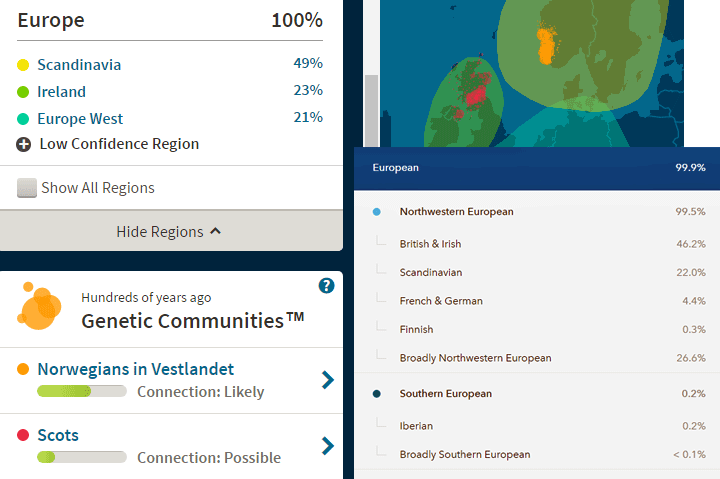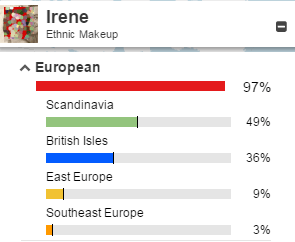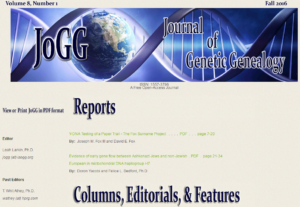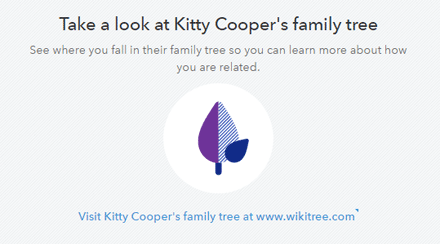My third cousin Irene (found with DNA) complained to me via email that her ethnicity results at 23andMe were very different from Ancestry; what was going on? Irene’s recent ancestry is known to be half Norwegian (my side) and half Scottish with some Irish (about 6% expected) mixed in.
So I looked and saw that 23andMe (above right) has a very low estimate for Scandinavian for her, while the British and Irish (her Scottish) is fine. Ancestry DNA (above left) has the Scandinavian predicted correctly but calls her Scottish both Irish and Western European. At least it includes her in a Scots genetic community which is correct and very cool.
Since I had also uploaded her DNA results to Family Tree DNA, I checked there and saw that they correctly predicted 49% Scandinavian. However the Scottish shows as 36% British Isles followed by some traces including 9% East Europe? No one else saw that!
One of the problems is that our Viking ancestors visited and even settled in various parts of the British Isles making it hard to tell British from Scandinavian. Also there was more migration within Europe many hundreds of years back than we might realize. Finally each company uses different reference populations and techniques for their ethnicity estimates.
Predicting where your ancestors originated based on your DNA test is just not that accurate yet. The broad strokes are pretty good, but since the actual percentages vary quite a bit from company to company it is easy to see that there is much improvement needed.
Somewhat alarmed that 23andMe, which I had always thought was the most accurate of the three, did not predict Irene’s Scandinavian correctly, I decided to double check the predictions for my Norwegian-American Dad, as well as my brother who is tested at all three of the main companies.





